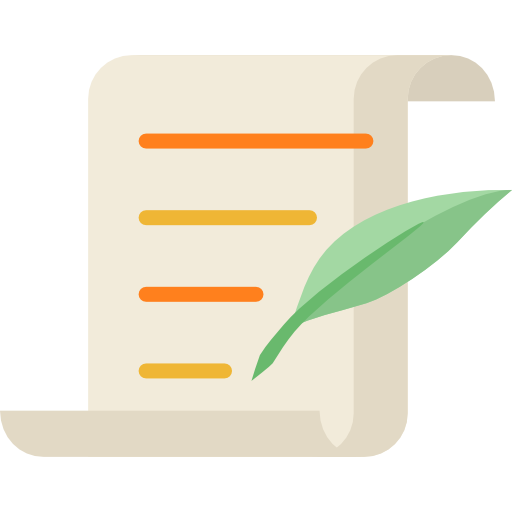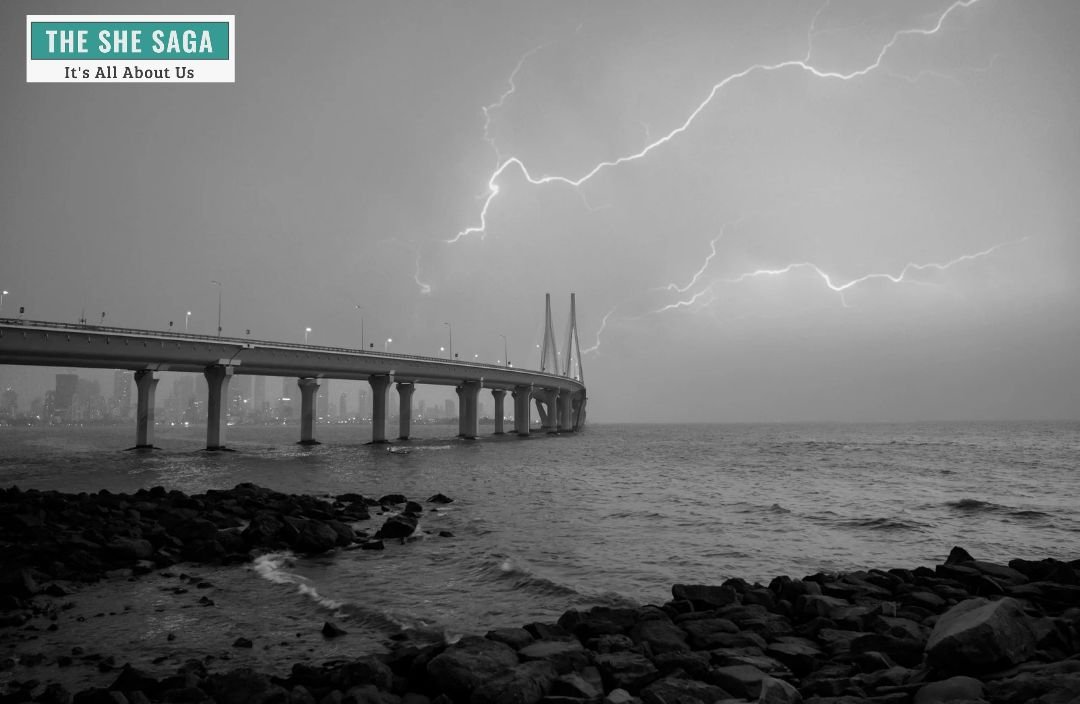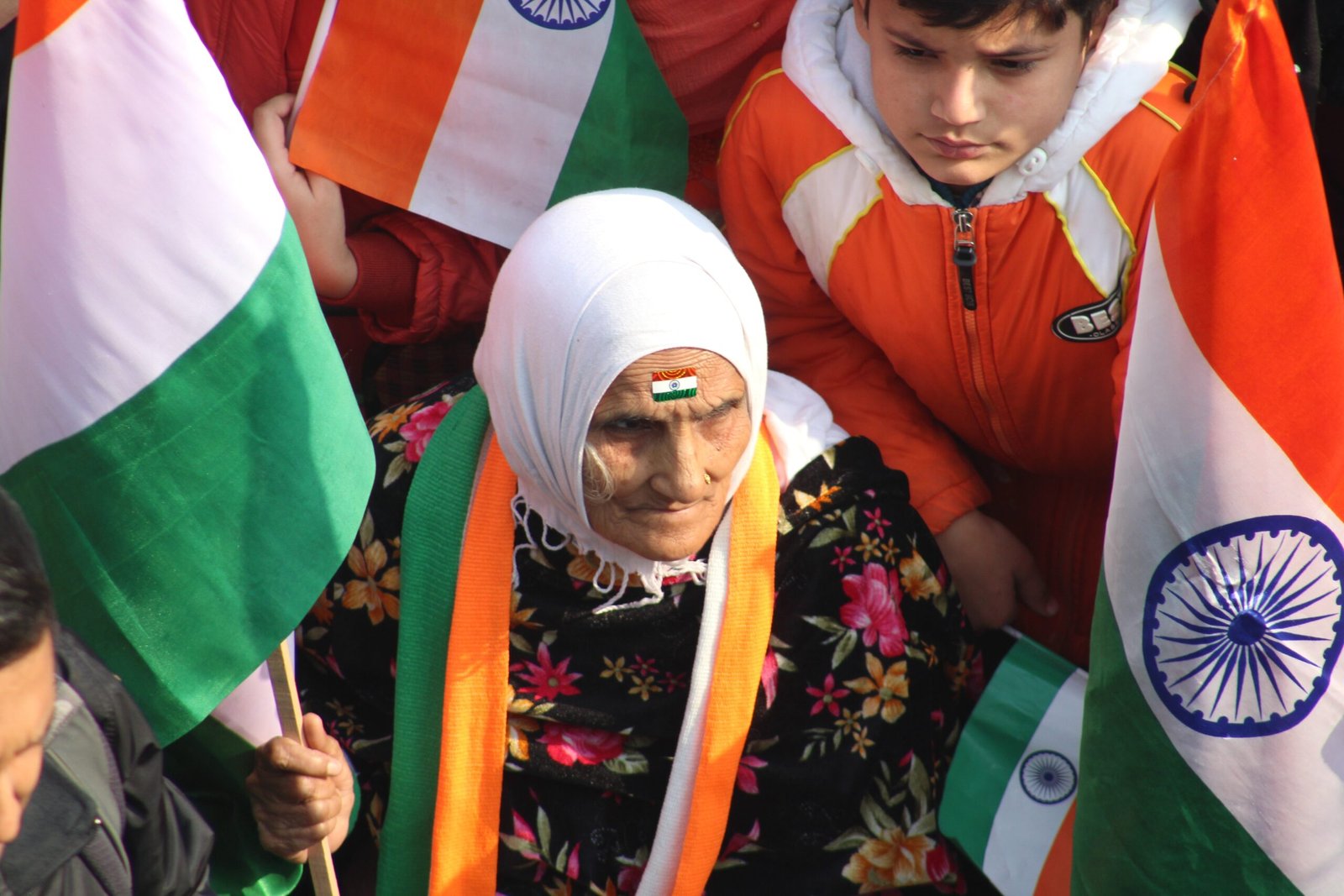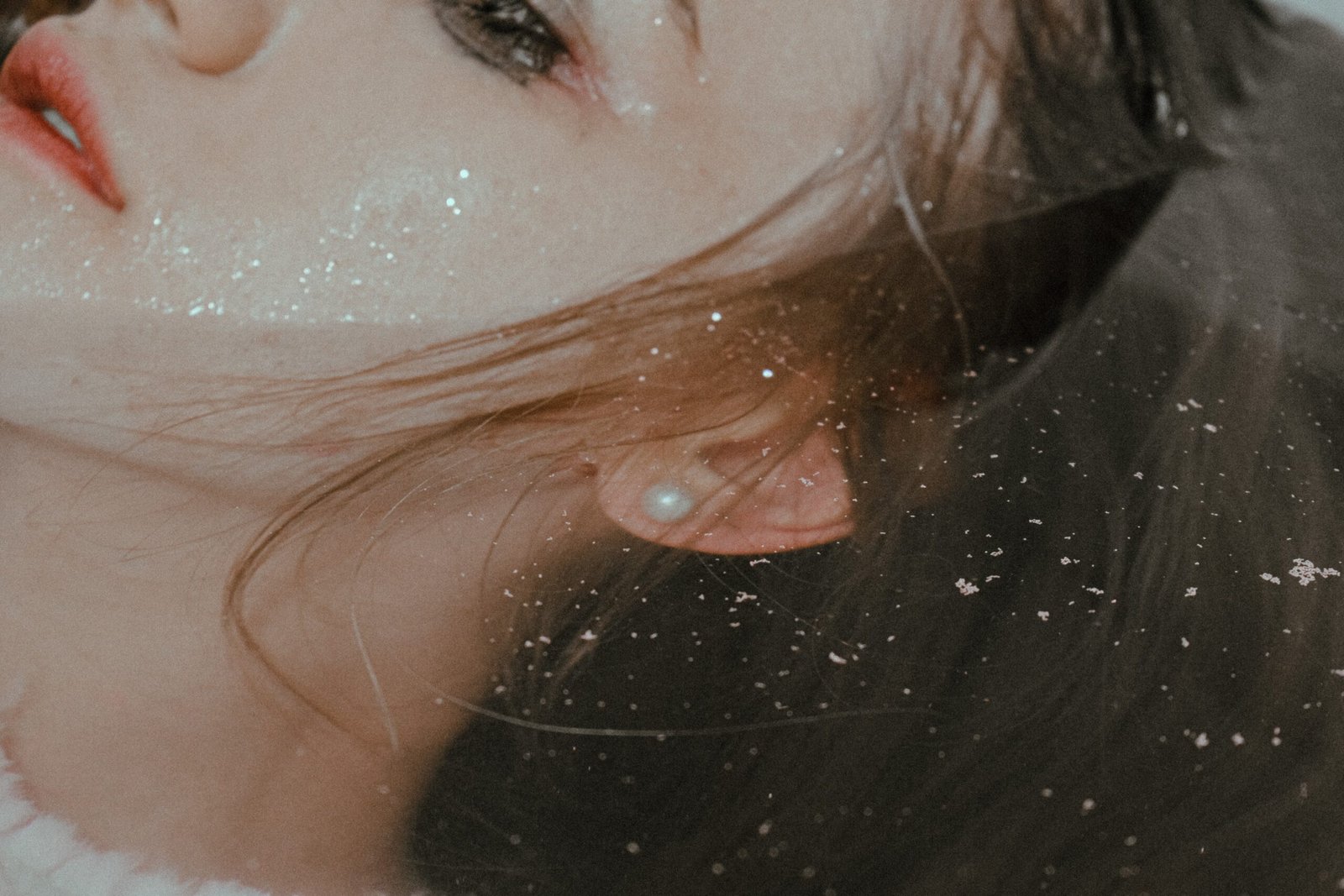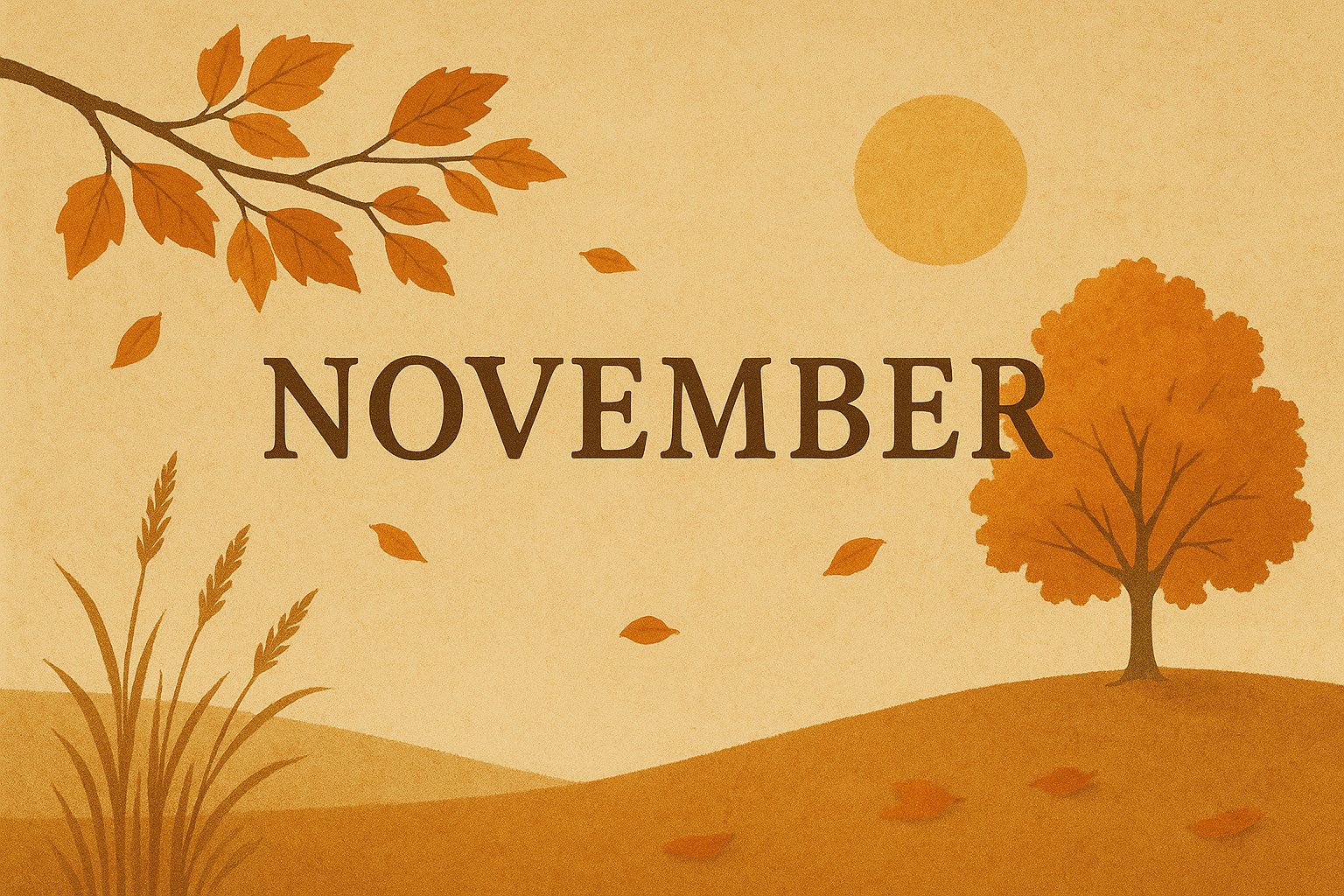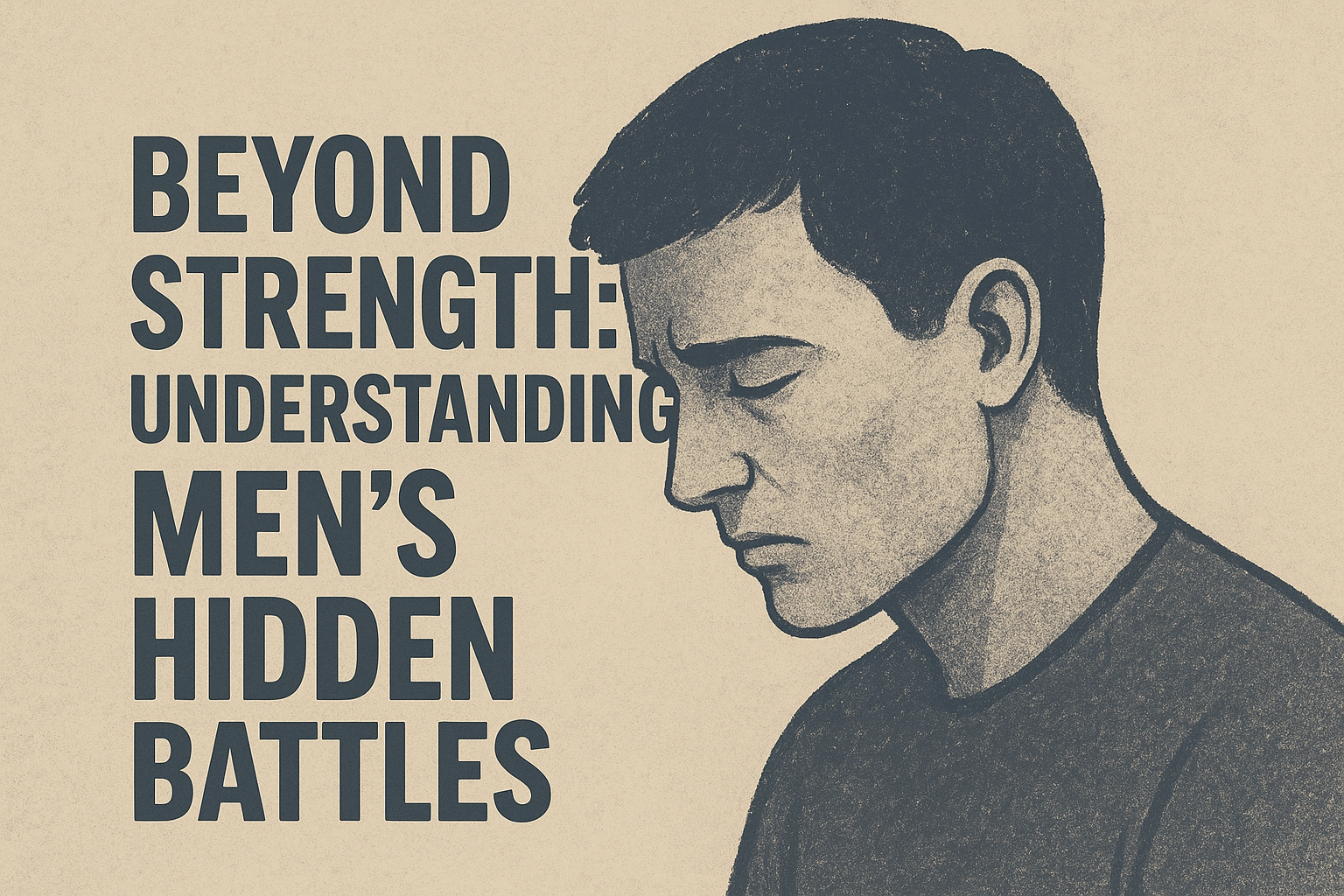The first drops would whisper on the concrete rooftops – another would leave behind a shiny, crystal clear droplet on a freshly-washed leaf. And suddenly the world around me would come alive. And then the skies turned the colour of molten pewter and the wind carried whispers of distant thunder – the monsoons had arrived.
Monsoons in Bengal were more than a season – it was a feeling, a rhythm, a memory etched in scent and sound.
Growing up in the concrete jungles of Calcutta (now Kolkata), I feel blessed to have been residing in a locality that boasted enough greenery. It was a housing estate located between Manicktala Main Road and the Bengal Chemical main office region. Our building was positioned at the final row, adjacent to the boundary wall, and one of the rooms oversaw a burial ground with a huge pond. The entire burial ground was covered with a host of trees.
Monsoon mornings often greeted us with heavy showers, and the first thing I remember was looking through the window, overlooking the huge pond and burial ground. Four big trees – a neem, a coconut, a guava, and a mango right next to the window of the dining space partially blocked the view.
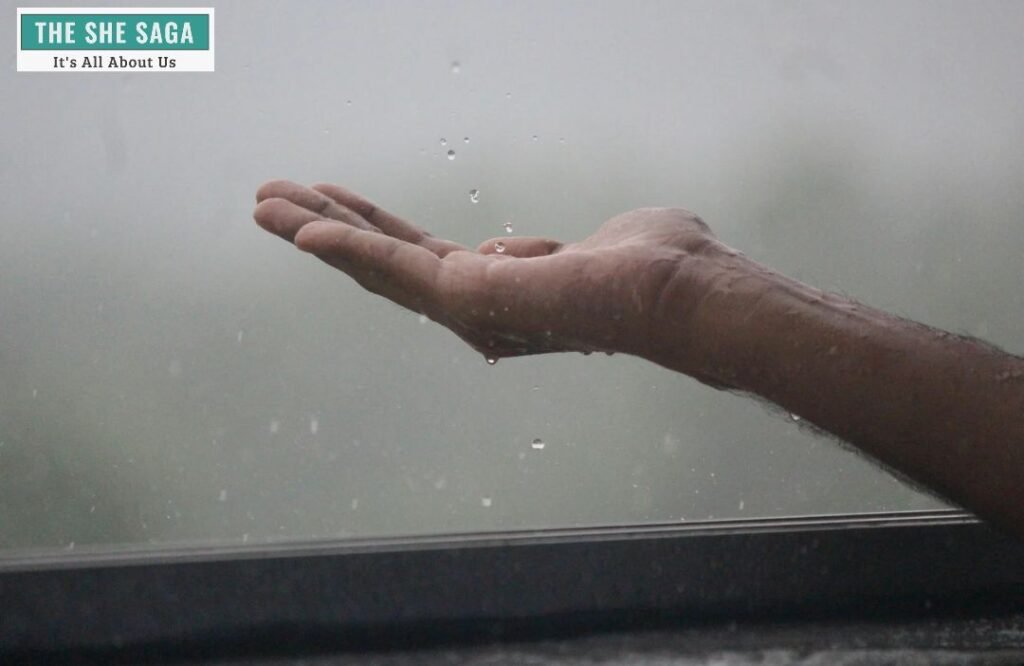
Nonetheless, staring at those white showers early in the morning across the kabarkhana, was magical.
The excitement of going to school on a rainy day was a different experience altogether. Till I was six or seven, raincoats were common, despite the heat you felt within after putting it on. Once I grew a little older, umbrellas replaced the former. They were smaller in size, bright and colourful, especially curated for kids. I remember the first one I had, which comprised a few solid colours – yellow, green, red, and blue – often giving the impression of a rainbow. And back then, they used to be made of thick cloth, not of fancy synthetic materials that we get to see today. My friends and I often flaunted those at the school gate.
Back then, little did we realise that we would be creating memories.
Some days it would rain cats and dogs incessantly since the early hours of the morning. On such days, our school often declared “rainy day holiday” especially for the kindergarten section and that’s the best experience. Returning home from school on such days implied unlimited fun. My friend and I would remove those black Bata ballerinas along with the wet white socks and walk barefoot in water-logged streets all the way back home. Sometimes we would remove the raincoat cap just to soak in the rain.
Returning home drenched was usually followed by a quick hot shower.
When I was a little older, around 12, we would have day school where we would return home by 4.30 pm. Once, it started raining heavily on our way back home and realising that our umbrellas, no matter how colourful they were, won’t be of much help, my friend and I threw them, removed our shoes and socks, and started walking unshod on the streets. The slop-slop sound made from our mobility on waterlogged streets was way too fun to be ignored.
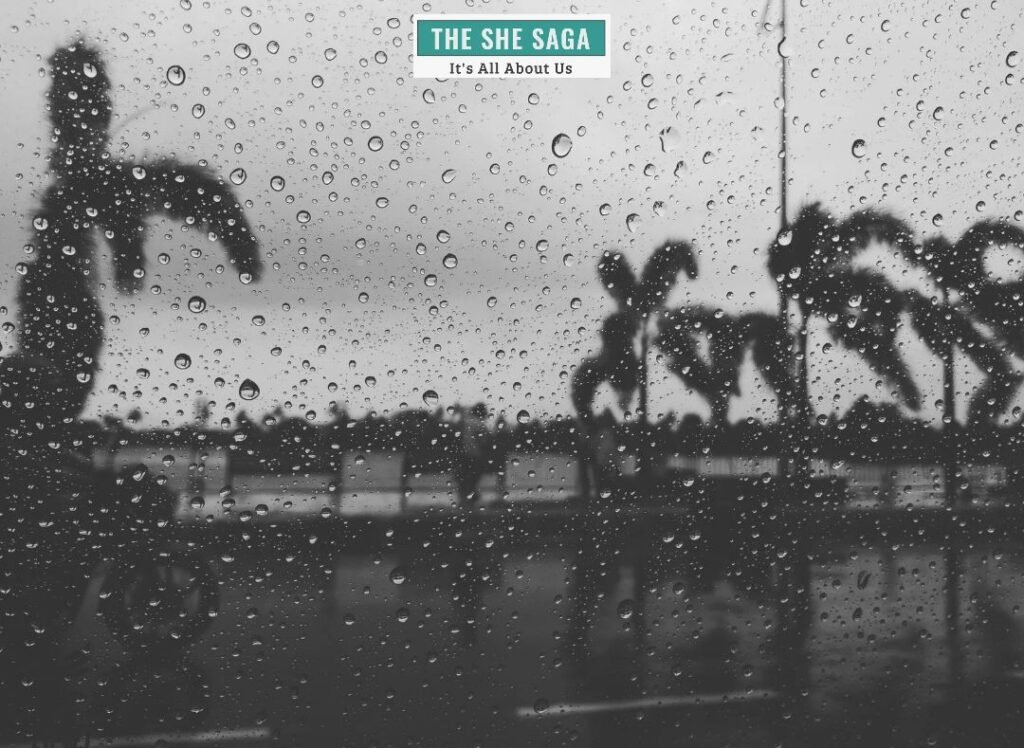
These remain as memories today.
During heavy monsoons, outside activities were limited. Despite that, as kids we sneaked out with our paper-made boats to sail them in the small puddles. Watching those small boats sail for a few seconds before stumbling down was an emotion in itself. Once, I remember my friend and I tried capturing tadpoles at the border of the pond of the kabarkhana. We failed miserably though!
During the late 80s and early 90s, power cuts were common. And power cuts on a rainy evening often added to an eerie feeling. I remember listening to ghost stories on such days, with the flickering candlelight adding some extra thrill. My didoon (maternal grandmother) narrated such stories, often sitting next to the window, overseeing the kabarkhana. And at night, I would get to hear all sorts of sounds from across the window – maybe some ekanorey (one-legged Bengali ghost) or some mamdo bhoot would sing some weird songs.
Monsoon nights were worth remembering.
Food was an absolute seasonal delight during monsoons. Just like in any Bengali household, we celebrated heavy showers with khichuri and, of course, the queen of fish – Hilsa. Khichuri during lunch was usually accompanied by ilish maachh bhaja (fried hilsa), begun bhaja (fried brinjal), or sometimes beguni (brinjal fritters) and some papor bhaja. If we had khichuri for dinner, the accompaniments usually comprised dim bhaja (omelette) and aloo bhaja.
Monsoons in Bengal are more than just rains – it is one of the drivers of the economy of a land that relies heavily on agriculture and fishing. Monsoon is celebrated as Barsha Mangal and has inspired poets from Rabindranath Tagore to Nazrul Islam to Dwijendralal Ray to Sunil Gangopadhaya to compose some of their most celebrated works.
Reminiscing now, as a young girl, I watched ponds swell with secrets, rivulets dance across red earth, and trees shimmer with freshly painted green. The scent of wet soil—raw, rich, and strangely comforting—rose like incense after a long prayer. School shoes lay forgotten, replaced by muddy toes and paper boats. Every raindrop felt like a story, every puddle a mirror to a dreamy sky. In those mist-kissed moments, time slowed, and the heart listened.
These are my monsoon memories from Bengal—gentle, untamed, and forever etched in the soft folds of my soul.
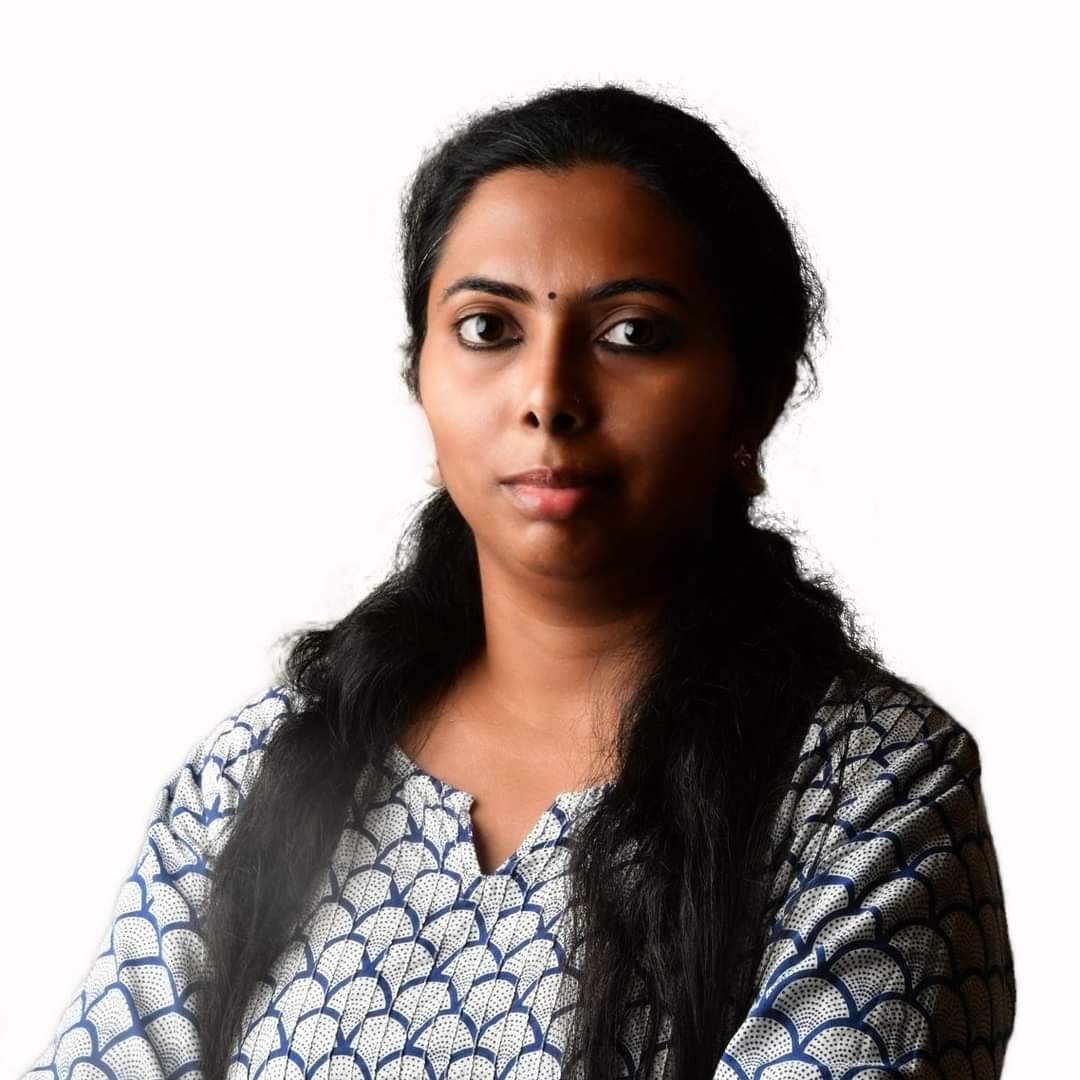
By Sampurna Majumdar
Sampurna Majumder is a communications professional born and raised in Kolkata. Fascinated by creativity from a young age, she has a deep love for music, literature, and world cinema. An avid reader and traveler, she holds a Master’s degree in Literature from the University of Delhi.




